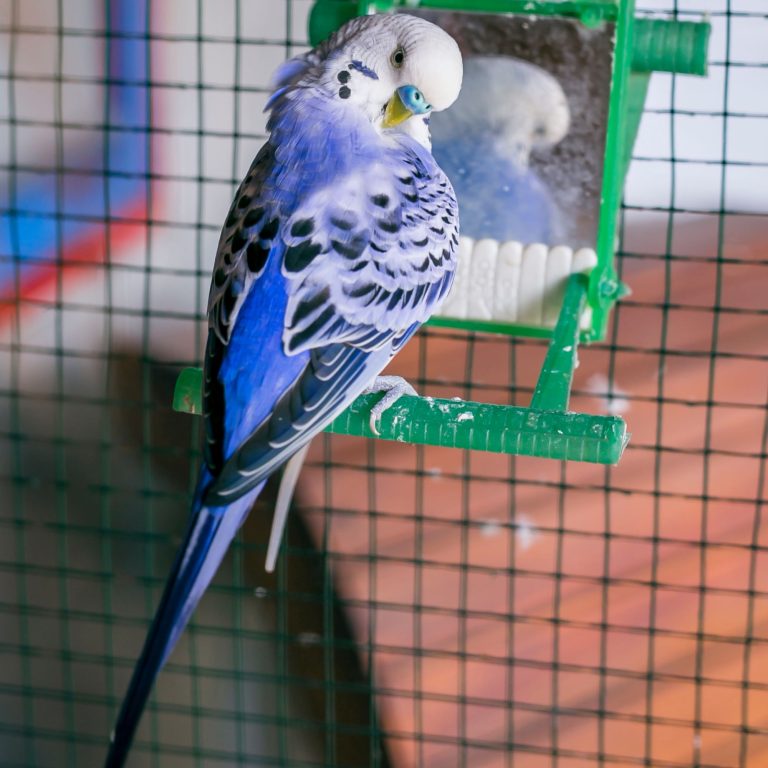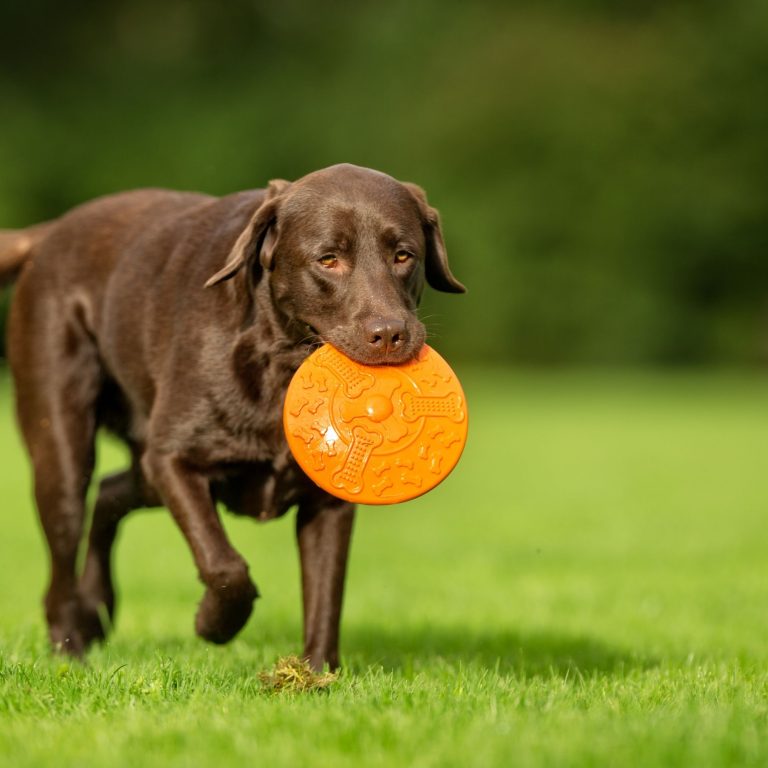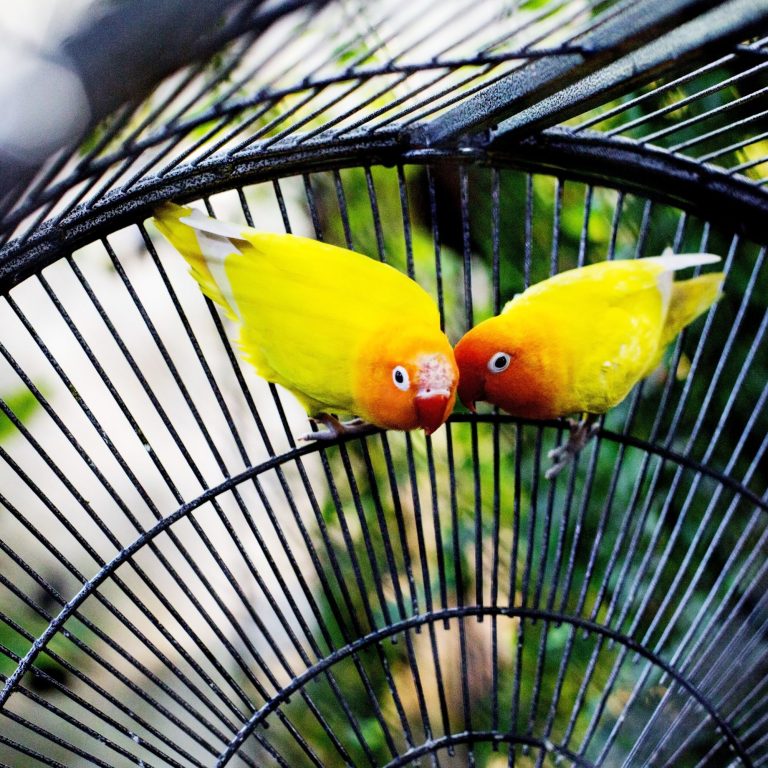Relax and Play: Must-Have Toys for Cats with Anxiety
Cats, just like humans, can experience anxiety. Recognizing the signs and understanding the causes of cat anxiety is crucial in order to provide appropriate care and support for your feline friend.
Signs and Symptoms of Cat Anxiety
Identifying the signs and symptoms of cat anxiety is the first step in addressing the issue. While each cat may exhibit anxiety in different ways, some common signs to look out for include:
- Excessive grooming: Cats may excessively groom themselves as a way to cope with anxiety.
- Hiding: Anxious cats tend to seek out hiding spots, such as under furniture or in closets, to retreat from stressful situations.
- Aggression: Some cats may display aggression when they feel anxious or threatened.
- Excessive vocalization: An anxious cat may vocalize more frequently or exhibit excessive meowing.
- Changes in appetite: Anxiety can cause a decrease or increase in appetite in cats.
- Litter box issues: Anxious cats may have litter box issues, such as urinating or defecating outside the litter box.
- Excessive scratching or destructive behavior: Cats with anxiety may engage in excessive scratching or destructive behavior, such as chewing on furniture or belongings.
If you notice any of these signs in your cat, it is important to consult with a veterinarian to rule out any underlying medical conditions and determine the best course of action.
Causes of Cat Anxiety
Cat anxiety can stem from various factors. Some common causes include:
- Environmental changes: Cats are creatures of habit, and changes in their environment, such as moving to a new home or the addition of new pets or family members, can trigger anxiety.
- Lack of socialization: Cats that have not been properly socialized during their early development stages may be more prone to anxiety.
- Past traumatic experiences: Cats that have experienced traumatic events, such as abuse or neglect, may develop anxiety as a result.
- Medical conditions: Certain medical conditions, such as hyperthyroidism or urinary tract infections, can contribute to anxiety in cats.
- Separation anxiety: Cats can experience separation anxiety when left alone for extended periods of time.
Understanding the signs and causes of cat anxiety allows you to better address your cat’s needs and provide them with appropriate care and support. By offering interactive toys specifically designed to reduce anxiety, you can help alleviate their stress and improve their overall well-being. For more information on anxiety-reducing toys for cats, check out our article on interactive toys for anxious cats.
The Importance of Play and Engagement
If you have a cat with anxiety, incorporating play and engagement into their daily routine is essential. Interactive toys can be incredibly beneficial for cats with anxiety, providing mental stimulation, physical exercise, and a healthy outlet for their energy. In this section, we will explore the benefits of interactive toys for cats with anxiety and how these toys can help reduce their anxiety.
Benefits of Interactive Toys for Cats with Anxiety
Interactive toys offer a range of benefits for cats with anxiety. Here are some key advantages:
-
Mental Stimulation: Interactive toys engage your cat’s mind, providing them with a challenge and an opportunity to problem-solve. This mental stimulation can help distract your cat from their anxious thoughts and redirect their focus onto the toy.
-
Physical Exercise: Playtime with interactive toys encourages physical activity, which is crucial for maintaining a healthy weight and overall well-being. Engaging in play can also release endorphins, which promote a sense of relaxation and happiness in cats.
-
Bonding and Social Interaction: Interactive toys can provide an opportunity for you to bond with your anxious cat. Engaging in play together can strengthen your relationship and build trust. It also allows for positive social interaction, which can help alleviate anxiety.
-
Distraction from Stressful Triggers: Interactive toys can act as a distraction from stressful situations or triggers that may cause anxiety in your cat. By redirecting their attention to the toy, you can help shift their focus away from their anxiety-inducing stimuli.
How Interactive Toys Help Reduce Anxiety
Interactive toys help reduce anxiety in cats through several mechanisms:
-
Energy Release: Cats with anxiety often have excess energy that needs to be released. Interactive toys provide an outlet for this energy, allowing your cat to engage in active play and release pent-up tension.
-
Mental Stimulation and Focus: Interactive toys require your cat’s attention and engagement, diverting their focus from their anxious thoughts. This mental stimulation helps keep their mind occupied, reducing anxiety levels.
-
Sensory Stimulation: Some interactive toys incorporate different textures, sounds, or scents that can provide sensory stimulation for your cat. These sensory experiences can be calming and distracting, helping to reduce anxiety.
-
Positive Reinforcement: When your cat successfully interacts with an interactive toy or achieves a desired outcome, it can create a positive association and reinforce positive behaviors. This reinforcement can help boost your cat’s confidence and reduce anxiety over time.
Remember, every cat is unique, so it may take some trial and error to find the interactive toys that work best for your anxious feline. It’s important to provide a variety of toy options and observe your cat’s preferences and reactions to determine which toys are most effective in reducing their anxiety.
For more information on interactive toys for cats with anxiety, check out our article on interactive toys for anxious cats.
Interactive Toy Options
When it comes to providing anxiety relief for your beloved feline friend, interactive toys can play a significant role. These toys help engage your cat’s mind and body, providing them with mental stimulation and a healthy outlet for their energy. In this section, we’ll explore several interactive toy options that can help reduce anxiety in cats.
Puzzle Toys
Puzzle toys are excellent for cats with anxiety as they require problem-solving skills and provide mental stimulation. These toys typically involve hidden treats or small toys that your cat must manipulate to access the rewards. By engaging in these activities, your cat can redirect their anxious energy and focus on the task at hand.
Puzzle toys come in various designs, including treat-dispensing balls and interactive feeding puzzles. They encourage your cat to use their natural hunting instincts and keep them entertained for extended periods. Remember to vary the difficulty level of the puzzles to keep your cat challenged and engaged.
Treat Dispensing Toys
Treat dispensing toys are another fantastic option to keep your anxious cat entertained. These toys are designed to hold treats or kibble that is slowly released as your cat interacts with the toy. By working to retrieve the treats, your cat remains focused and engaged, reducing their anxiety levels.
Treat dispensing toys come in different shapes and sizes, including balls, cubes, and interactive feeders. They allow your cat to engage in a rewarding activity while providing mental stimulation and physical exercise. Make sure to choose treats that are appropriate for your cat’s dietary needs and consult with your veterinarian if necessary.
Wand Toys
Wand toys are a classic favorite among cats and can be especially beneficial for anxious felines. These toys typically consist of a long wand with a dangling object or feather attached to it. By moving the wand in an enticing way, you can encourage your cat to engage in active play and redirect their anxious energy.
Wand toys allow you to interact with your cat directly, providing them with a sense of companionship and reducing their stress levels. Remember to supervise your cat during playtime and avoid leaving wand toys unattended to prevent any potential hazards.
Laser Pointers
Laser pointers can be a great source of entertainment for cats with anxiety. The elusive red dot stimulates your cat’s hunting instincts, encouraging them to chase and pounce. However, it’s important to remember that laser pointers should never be shone directly into your cat’s eyes.
To prevent frustration, it’s a good idea to end the play session with a tangible reward, such as a treat or a toy. This helps provide closure for your cat and prevents them from feeling unsatisfied. Keep in mind that laser pointer play should be balanced with other interactive toys to provide a variety of mental and physical stimulation.
Catnip Toys
Catnip toys can provide a calming effect for many cats and help alleviate anxiety. Catnip is a herb that contains a compound called nepetalactone, which can induce a sense of relaxation and playfulness in cats. By interacting with catnip toys, your cat can engage in a pleasurable and stress-relieving activity.
Catnip toys come in various forms, including plush toys, balls, and even catnip-infused scratchers. Not all cats are affected by catnip, so it’s essential to observe your cat’s response before incorporating catnip toys into their playtime routine.
By incorporating interactive toys into your cat’s daily routine, you can help alleviate their anxiety and provide them with a stimulating and enjoyable environment. Experiment with different toy options and observe your cat’s preferences to find the ones that bring them the most joy. Remember, interactive playtime is not only beneficial for reducing anxiety but also for strengthening the bond between you and your feline companion.
DIY Toy Ideas for Cats with Anxiety
If you’re looking for cost-effective and engaging ways to help alleviate your cat’s anxiety, consider making your own interactive toys. DIY toys can provide mental stimulation and help distract your cat from their anxious thoughts. Here are some homemade toy ideas that you can try:
Homemade Puzzle Toys
Puzzle toys are excellent for engaging your cat’s mind and encouraging problem-solving skills. To create a simple homemade puzzle toy, you can repurpose items you already have at home. Take a cardboard box and cut several small holes or slots into the sides. Hide treats or small toys inside the box, and let your cat figure out how to retrieve them. You can make the puzzle more challenging by adding additional boxes or obstacles. This interactive toy will keep your cat entertained and mentally stimulated. For more ideas on interactive toys, check out our article on interactive toys for anxious cats.
DIY Treat Dispensers
Treat dispensing toys can help provide your cat with a rewarding and engaging play experience. To make a simple treat dispenser at home, take a clean plastic bottle and cut small holes into the sides. Fill the bottle with your cat’s favorite treats, and let them roll and bat the bottle to release the treats. This DIY treat dispenser will not only keep your cat entertained but also provide mental stimulation as they work to access the rewards. For more stress-relief toy ideas, you can explore our article on stress-relief toys for anxious cats.
DIY Wand Toys
Wand toys are a great way to engage your cat in interactive play sessions. To make a DIY wand toy, attach a string or ribbon to a stick or dowel. You can tie a small toy or feather at the end of the string to entice your cat. Use the wand to mimic the movements of prey, such as birds or insects. This interactive playtime will help your cat release excess energy and provide a healthy outlet for their hunting instincts. Remember to supervise your cat during playtime to ensure their safety. For more toy options, you can refer to our article on cat toys for nervous cats.
By creating these anxiety relief toys for your cat, you can provide them with mental stimulation, entertainment, and a positive outlet for their anxious energy. Remember to rotate and introduce new toys regularly to keep your cat engaged and prevent boredom. Experiment with different DIY toy ideas and observe your cat’s preferences to find the ones that work best for them. To learn more about toys that can help distract anxious cats, refer to our article on toys to distract anxious cats.
Tips for Introducing Interactive Toys to Anxious Cats
Introducing interactive toys to your anxious cat can be a great way to provide mental stimulation, engage their natural instincts, and help reduce anxiety. However, it’s important to approach the introduction process with care and consideration. Here are some tips to help you create a positive experience for your furry friend.
Creating a Safe and Calm Environment
Before introducing any new toys, it’s essential to create a safe and calm environment for your anxious cat. Find a quiet and comfortable space where your cat feels secure. Clear the area of any potential hazards or distractions to ensure your cat’s focus remains on the toys.
Consider using pheromone sprays or diffusers specifically designed for cats to create a calming atmosphere. These products release synthetic versions of feline facial pheromones, which can help reduce stress and anxiety in cats. You can find more information on stress relief toys for anxious cats in our article on stress-relief toys for anxious cats.
Gradual Introduction and Positive Reinforcement
When introducing interactive toys to your anxious cat, take a gradual approach. Start by placing the toys near your cat’s favorite resting spots or hiding places. Allow your cat to explore the toys at their own pace. Avoid forcing or overwhelming them with too many toys all at once, as this may increase their anxiety.
To encourage positive associations with the toys, use positive reinforcement. Reward your cat with treats, praise, or gentle petting when they show interest in or interact with the toys. This helps to create a positive connection between the toys and your cat’s overall well-being.
Supervision and Monitoring
It’s important to supervise your cat while they play with interactive toys, especially during the initial stages of introduction. This allows you to observe their behavior, ensure their safety, and address any signs of discomfort or anxiety promptly.
Regularly inspect the toys for any signs of wear or damage. Broken toys can pose a choking hazard or cause injury to your cat. Replace damaged toys or components to maintain a safe play environment.
Remember, every cat is unique, and what works for one may not work for another. Pay attention to your cat’s individual preferences and adjust your approach accordingly. If you’re unsure about which toys are suitable for your anxious cat, consult with your veterinarian or a professional pet behaviorist for guidance.
By following these tips and gradually introducing interactive toys, you can create an enriching and anxiety-reducing environment for your beloved feline companion. For more information on toy options for anxious cats, refer to our article on interactive toys for anxious cats. Remember, playtime should be a fun and enjoyable experience for both you and your cat, promoting a strong bond and a happy, stress-free life.







